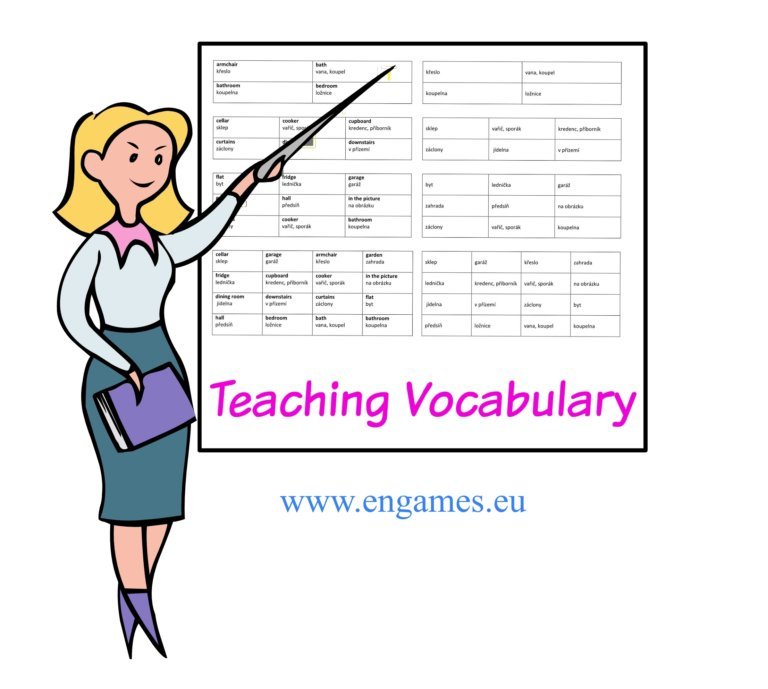Teaching Vocabulary at School
Vocabulary is much more important than grammar. If you know the meaning of the words you can understand a text even without knowing the grammar. If you listen to a recording and you know the vocabulary, you will understand the meaning of the message. <!– wp:more –> If you watch a video and understand the…

